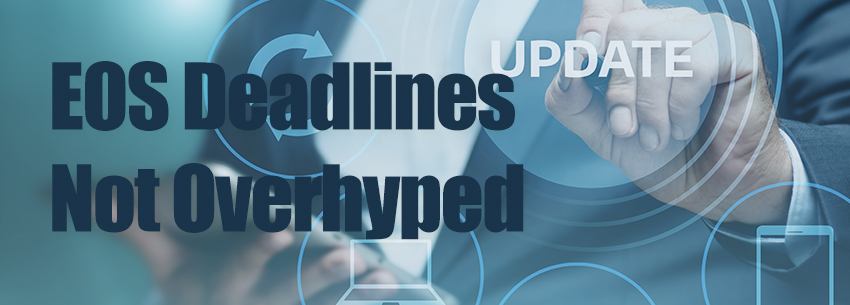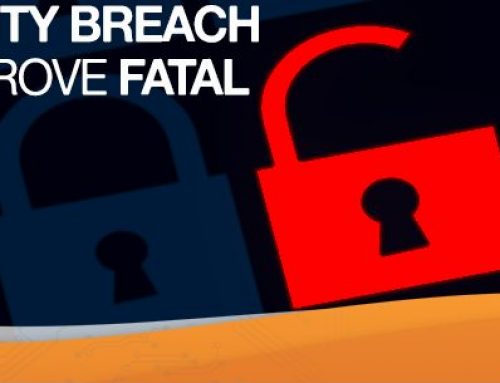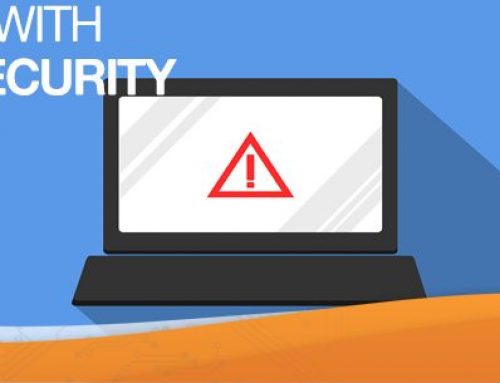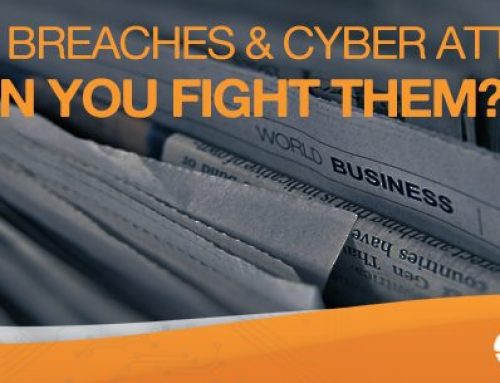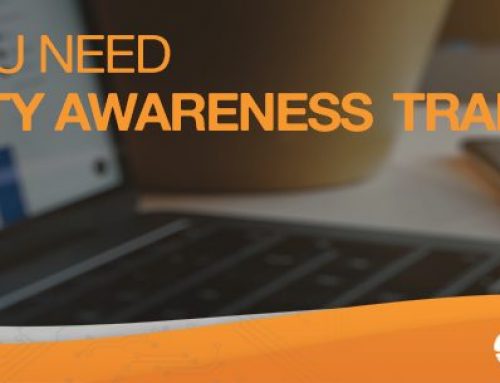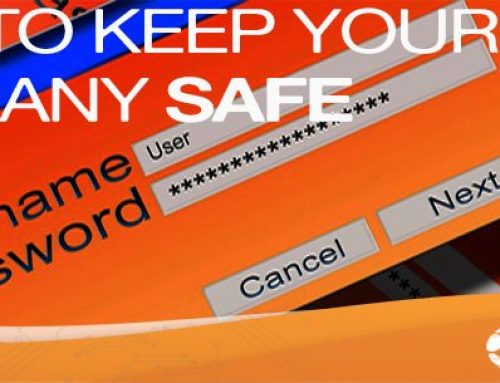More than 20 years ago, you’d find many of us frantically running around concerned about the Y2K bug. Remember that? We were basically led to believe the world was ending. Even though there was a lot of uncertainty about the Y2K bug, we still prepared for it. That’s how you should approach any pending deadline, especially when missing it could result in significant damages to your business.
With some of Microsoft’s end of support (EOS) deadlines approaching (more on this later), IT professionals are warning their customers about the consequences of inaction. While many customers are taking action, others are brushing it off. It may seem like we’re overhyping this threat, however, we’re not. One big difference between this and Y2K is the outcome is certain.
Looking Back: a Trip Down Memory Lane
If you’re a millennial, you probably don’t remember much about Y2K. You’re more than likely familiar with what was going on at the time, but many of the concerns people had didn’t necessarily impact you directly.
Now, anybody who was in the workforce in the late 90s can recall how the programming bug put fear into boardrooms across the nation. Nobody seemed to know what the millennium would bring — even the experts. This mystery created a lot of uncertainty among executives at businesses of all sizes.
While there was a lot of fearmongering going on at the time, it was effective. Executives took the Y2K bug seriously. They had to; investments were at stake. Inaction would’ve been a foolish response.
To mitigate potential issues, businesses and government entities in total spent $100 billion, but disaster preparedness efforts didn’t stop there. Leaders at the highest level of our federal government also responded, including the President of the United States.
In addition to rolling out initiatives designed to prepare federal agencies for Y2K, President Bill Clinton, in October 1998, signed into law the Year 2000 Information and Readiness Disclosure Act, which addressed the seriousness of Y2K. Noting the event could “severely adversely affect the nation’s economy and critical infrastructure,” the legislation protected companies from potential litigation after sharing information about their experiences in dealing with the Y2K bug.
As you know, the world didn’t end on January 1, 2000. While there were some minor issues, there were no major malfunctions.
Unlike with Y2K, there are some deadlines we can prepare for with certainty.
Where Are We 20 Years Later?
Even though the country survived the Y2K bug, a new type of threat has reared its ugly head since then. We’ve discussed it in blogs numerous times this past year. If you’re reading our posts for the first time, you may not be aware of what’s potentially in store for you come January 2020.
Microsoft is ending support to several of its products on January 20, 2020, including Windows Server 2008, Windows SBS 2011, SQL Server 2008, Exchange 2010 and Windows 7. Now, this may not sound like a big deal to you, but it is, especially with the ever-evolving threat landscape in which we’re currently operating our businesses.
Here’s the thing: If you’ve lived through Y2K and are skeptical of this new threat, don’t be. Unlike the Y2K bug, where many people were uncertain of the glitch’s impact on businesses and the economy, IT professionals know exactly what will happen to your business if you decide against upgrading Microsoft products nearing their EOS dates.
When the tech giant ends support for one of its products, it also stops releasing security updates for the solution. If you’re still running the product past its End of Support date, you’re making your systems and networks more vulnerable to cyberattacks. Many of these attacks can put you out of business in a matter of months — even sooner in some instances.
If you’re still running products with EOS dates in January 2020, there’s still time for you to evaluate your options, but don’t wait too long to decide. Many IT providers are already slammed with work going into the new year. While this may seem like we’re fearmongering on our end, it’s not baseless.
Unlike the Y2K problem, we know what can happen if you don’t secure your networks and systems. The sooner you assess your IT infrastructure for vulnerabilities, the better off you’ll be come January.

